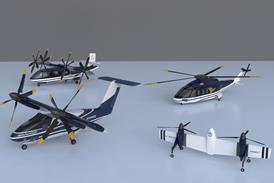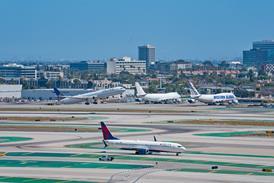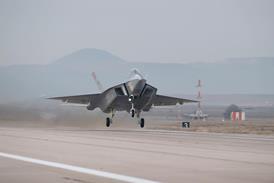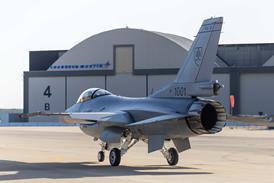Chris Kjelgaard/NEW YORK
Siberia-based heavy-lift helicopter operator Tyumenaviatrans (TAT) Aviation hopes to announce early next year a strategic alliance with a major Western operator.
TAT Aviation general director Andrei Martirossov says: "The helicopter operators of the world are a step behind the passenger carriers in forming global alliances." He adds: "The time is nearing when the largest helicopter operators will begin to unite their resources to win more business jointly than they can separately.
He believes TAT will make a uniquely desirable partner for a Western helicopter operator. The company opened its first US office last week, close to a major customer, the United Nations.
Western investors hold 31% of company stock, mostly through the American Depository Receipt market. TAT also has extensive airline operations.
It owns 300 Russian-built helicopters, 172 of which are in the heavy-lift category and 17 of which are Mil Mi-26s, the largest helicopter type flying, which can lift 20t.

Not only does TAT Aviation claim to be the world's largest operator of Mil-designed helicopters, but the company also says it is the world's largest civil operator of the Mi-26 and heavylift helicopters in general. It owns 140 examples of Mi-8 variants, each able to lift 8t. Some 13 are latest-standard Mi-8MTVs and seven are Mi-10 "Skycranes", capable of lifting a 12t load distributed internally and hung from external straps.
Martirossov declines to identify any Western operator with which TAT Aviation is talking, saying only that the Surgut-based company is "in contact with all the major helicopter operators of the world" at varying levels of management or negotiation. However, TAT Aviation is believed to be deep in talks with Offshore Logistics.
Martirossov sees no conflict arising from an alliance with a Western operator. He says: "As we have large helicopters and they have smaller helicopters, we would complement each other, by sharing market skills and equipment."
An alliance could develop into the areas of training and maintenance. He believes that further co-operation would follow if Mil could certificate its large-helicopter designs for use in North America.
Source: Flight International




















